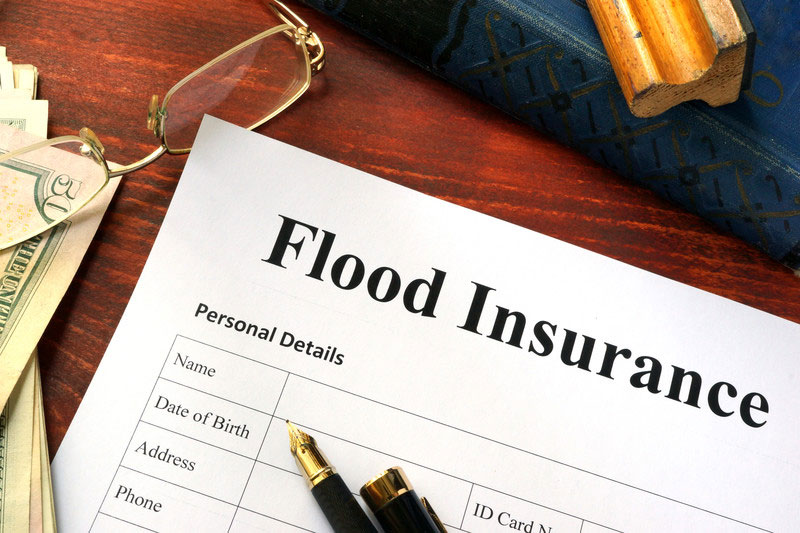Several news channels report that two weeks after Hurricane Florence, people in the Carolinas are struggling to get back on their feet as flooding continues to remain. Residents who are returning to their water-wrecked houses are not sure if their insurance policy will cover the damage. A global risk modeling firm RMS estimates that Hurricane Florence caused between $2.8 billion and $5 billion in insured losses when it blew into North Carolina earlier this month. With flood risks increasing in the United States, it is critical to purchase flood insurance. Lack of flood insurance can cost you billions. Insurance providers can benefit from professional transcription services to speed up the claims process.

Reports predict that hurricane risk exists for more years to come. According to a report from the Union of Concerned Scientists (UCS) published in June 2018, up to 311,000 coastal homes and about 14,000 commercial properties will be at risk of chronic flooding within the next 30 years. This report says that by the end of the century, the number will increase to 2.4 million homes-valued at about $912 billion – and 107,000 commercial properties – valued at $152 billion.
Often, there’s a misunderstanding that general insurance policies cover floods too. This is one of the biggest reasons why most homeowners don’t have flood insurance. A survey by the Insurance Information Institute found that 43 percent of homeowners believe their standard policy covers heavy rain flooding as well. However, it is not a part of standard homeowners’ policies.
According to an article in Yahoo, homeowner’s policy will cover water damage if water came from above and if the house is damaged from water that comes from the ground up, you need flood insurance to cover that.
Flood-caused property damage is covered under a National Flood Insurance Program (NFIP) policy and to purchase this, you must live in a community that participates in the program. FEMA (Federal Emergency Management Agency) says that NFIP policies will cover up to $1,000 in reasonable expenses incurred to protect your insured property, and up to $1,000 to move your insured property away from a flood or imminent danger of a flood. You can also benefit from private insurance companies offering Excess Flood Protection, which provides limits over and above those of the NFIP. Insurance transcription services from experienced firms help these insurers to speed up the process of claims investigations and ensure timely settlement.
Step-by-Step Process to File an Insurance Claim
An FAQ session of FEMA explains the process to file an insurance claim:
- Start the claims process by calling your insurance company or agent and request advance payment so you can start recovering as soon as possible. While speaking to your agent, make sure you have details such as Policy Declarations page, your contact number where you can be reached: telephone phone number or alternate contact number; email address, the insured property location and the name of any mortgage company(s) handy.
- The next step is to prepare for inspection. As insurance adjusters will need evidence of the damage to your home and possessions, make sure you take photos and videos that document the structural damage; standing floodwater levels (both inside and outside); and damage to appliances, furniture and other items before removing or discarding anything.
- The flood damaged property should be cleaned, as NFIP flood insurance policies will not cover mold damage if a policyholder fails to take action to prevent the growth and spread of mold. In cases where it is impossible to get to the property and clean up and remove the mold, the damage may be covered.
- When meeting with your claims adjuster, make sure they cover an explanation of the NFIP Flood Claims Process, an inspection of your property, an explanation of what an advance payment is and how you can get one, as well as information about how you should present your loss to your insurance company and a discussion about your policy coverage.
- Provide detailed documents such as photos and videos of your flood loss to your adjuster. Consider including documents that show how you repaired or replaced your flood damaged items.
Find more details about filing a flood insurance claim at fema.gov.
In our next blog, read how real estate agents are vulnerable to this increased hurricane risk.



